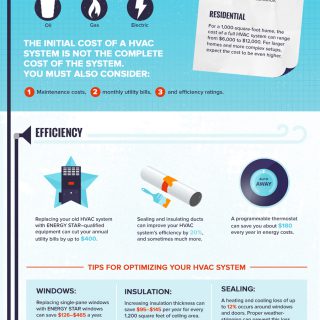Frequent Errors To Avoid When Mounting A Heatpump
Frequent Errors To Avoid When Mounting A Heatpump
Blog Article
Written By-Ware Rankin
When installing a heatpump, you should steer clear of usual mistakes that could endanger its effectiveness. Forgeting proper sizing may lead to inefficiencies and greater utility prices. Ignoring insulation and sealing could result in energy waste and pressure on the system. Moreover, placing the outside unit inaccurately might impact its performance. By avoiding these mistakes, you can make sure optimum working and toughness of your heatpump system.
Improper Sizing of Heatpump
When it involves the installation of heatpump, among one of the most common blunders is incorrectly sizing the unit for your space. Making sure the right size is crucial for optimal performance. If the heat pump is also little, it will certainly battle to heat or cool your space efficiently, bring about boosted power bills and prospective deterioration on the system.
On the other hand, if the heatpump is as well large, it will certainly cycle on and off often, creating temperature changes and minimizing its lifespan.
To prevent this error, it's vital to have an expert analyze your area and recommend the ideal size of the heatpump based on variables like square video, insulation, ceiling height, and regional environment. By spending the time and effort to make certain the appropriate sizing, you can delight in a comfy environment while making best use of power performance and extending the life expectancy of your heat pump.
Inadequate Insulation and Sealing
To guarantee the effective procedure of your heat pump, it's important to deal with insufficient insulation and securing in your space. Correct insulation helps preserve a regular temperature level inside your home, decreasing the workload on your heatpump. Insufficient insulation can cause energy loss, making your heatpump work harder and much less efficiently.
Securing any kind of spaces or leaks in your area is similarly crucial. These spaces permit conditioned air to leave and outdoor air to leak in, requiring your heatpump to compensate for the temperature level variations.
Incorrect Positioning of Outdoor System
Resolving the positioning of your heatpump's exterior unit is essential to optimizing its efficiency. Installing the exterior unit in an inaccurate area can result in efficiency issues and prospective damage to the unit.
One common error to stay clear of is putting the exterior unit as well close to a wall surface or other structures. visit the following site can limit air movement, triggering the unit to work tougher to heat or cool your room, ultimately decreasing its effectiveness and lifespan.
One more mistake to steer clear of is placing the exterior system in straight sunlight. While https://lorenzomubho.bloggerswise.com/38138373/profit-from-the-importance-of-accuracy-throughout-your-heatpump-installation-a-thorough-technique-secures-performance-and-improves-the-resilience-of-your-home-s-convenience is inescapable, too much direct exposure can result in getting too hot, specifically throughout hot summertime days. It's ideal to position the outside unit in a shaded location to assist preserve its optimum operating temperature level.
In addition, make certain that the exterior system is positioned on a steady and level surface area. Uneven ground can create resonances and unnecessary strain on the system, impacting its efficiency with time.
https://keegancfisu.spintheblog.com/31561756/make-use-of-the-benefits-of-precision-in-your-heat-pump-installment-experience-an-in-depth-approach-promotes-performance-and-prolongs-the-lifespan-of-your-home-s-convenience-system
In conclusion, avoiding usual blunders throughout heatpump installation is necessary for making the most of effectiveness and longevity of your system. By ensuring correct sizing, sufficient insulation, sealing, and proper placement of the outside unit, you can protect against issues such as inefficiencies, enhanced energy costs, and strain on the system. Taking the time to address these essential factors will ultimately save you money and time in the future.
